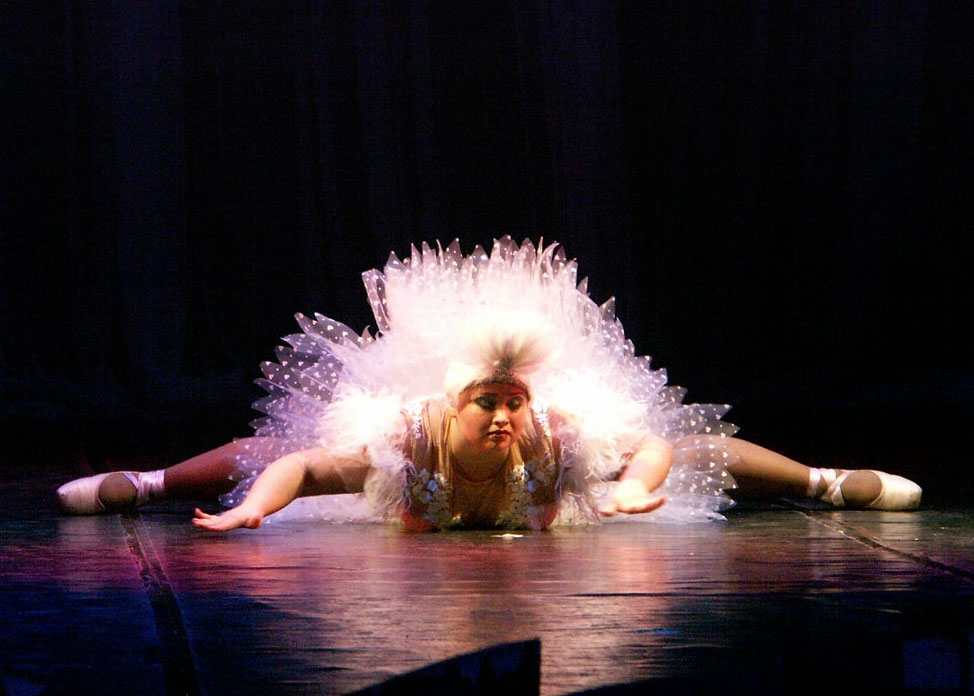The Big Ballet company is set to challenge our views on size and appearance during its new UK tour. LESLEY FINLAY finds out where it all started…
Appearance is everything in the world of entertainment. Dancers have to be a certain height, male singers have to have a six-pack (remember the last time you had one of those, gentlemen?) and any woman in the public eye is scrutinised in detail.
So it is with some joy that we note The Big Ballet is returning to our shores after a three-year break with a massive (sorry) 39-date tour. The company may well be a one-off but will call into question our views on shape, size and looks in performance. It is an excellent starting point for debate in English, PHSE and theatre studies.
So where did this all start?
The Big Ballet was established sixteen years ago by the Russian choreographer Yevgeny Panfilov, who was hailed in his home country as one of the most influential figures in the ballet world. Panfilov had made his name creating works that mixed classical ballet and modern dance. (This trend has now been taken further with the recent combinations of ballet and street dance.) In 1981, Panfilov created his first company, Impulse, to explore modern dance, with Experiment following in 1987. In 1994 he formed the Yevgeny Panfilov Ballet, which specialised in eclectic works incorporating music from the classics to rock, with titles like Waltzes for the Dim-witted. Panfilov also created a ballet based on Vladmir Nabokov’s Lolita.
And then the Big Ballet was born. Panfilov wanted to prove two things to the world: Firstly, that people of larger build are able to move with similar grace, dignity and flair as traditional dancers, and secondly, that he would be able to create a professional ballet troupe from dancers with no previous experience. The initial invitation to audition was aimed at teenagers weighing more than twelve stone and the rest is ballet history. Panfilov was stabbed to death during a burglary at his home in 2002 but his concept continues to challenge audiences around the world.
The troupe’s female dancers are 15 stone – while the male dancers are classic ballet shape and size. But there have been problems recruiting dancers of this size, as UK tour producer Alexej Ignatow, explains: ‘Many of the original dancers are retained for the forthcoming tour but we hold open auditions regularly in Russia. Events were initially so heavily oversubscribed with potential dancers weighing the original required minimum of 15 stone, that the level was actually raised to 17 stone. However, the number of hopefuls weighing 17 stone has dropped significantly in the past two years, coinciding with sustained global campaigns for healthier eating.
‘The new weight requirement will not really affect the show, only bring it back in alignment with creator Panfilov’s original vision.’
But is there any difference in fitness? A spokesman explains: ‘Dancers continue to retain their weight despite vigorous fitness training and rehearsal sessions, as well as highly demanding tour schedules, suggesting that certain dancers’ genetics influence their size. The longer-standing members of the troupe have always maintained they eat as healthily as the average-sized person.’
The tour starts on March 1 and continues until April 18. For tickets, and further information visit www.amande-concerts.co.uk



